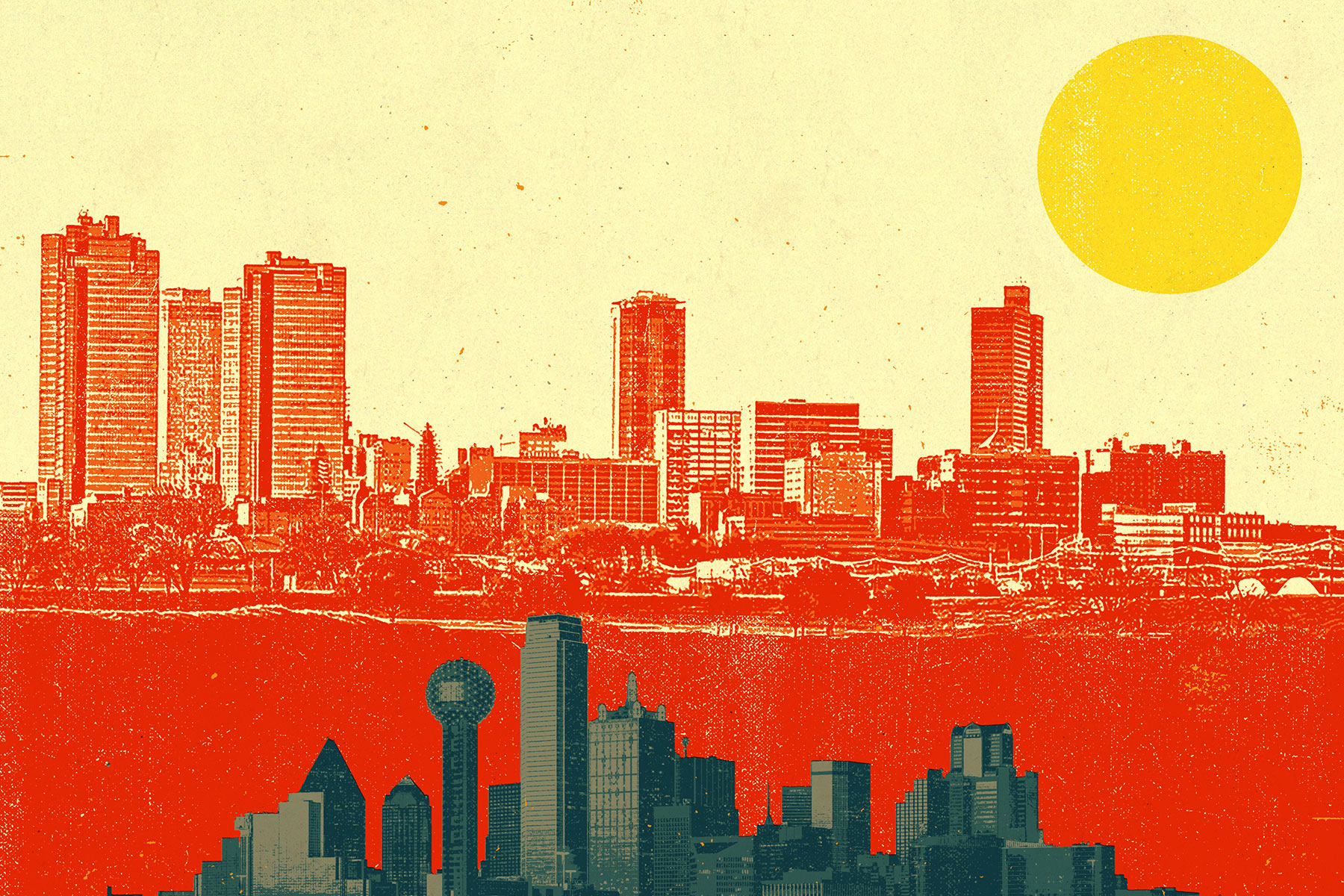The age-old rivalry between Dallas and Fort Worth has been perpetuated by many. But none have been more adamant than legendary Fort Worth Star-Telegram publisher Amon Carter, who proudly packed a sack lunch when traveling to Dallas so he wouldn’t have to spend money in Big D. Modern-day Fort Worthians spout their cliches about Dallas, too: pretentious, rich, “where the East peters out.” And, despite Fort Worth’s charming Sundance Square district, lively arts scene, and trademark western culture, Dallasites often run down “Cowtown” as well. Nothing but cowboys, they contend. It has a Napoleon complex.
Clever gibes aside, Dallas is the dominant city any way you slice it. It has a larger population, more jobs, a more diverse economy, and more brand recognition globally. Now Fort Worth is working to carve out a bigger portion of the regional pie for itself, especially when it comes to economic development. And it couldn’t come at a more opportune time. As companies like XTO Energy, Hallmark Financial Services, and D.R. Horton exit the city, several developments are coming online. Frost Tower opened the first high-rise office tower in downtown Fort Worth in decades. TEXRail will take its inaugural ride later this year. Thousands of hotel rooms are headed to the city, bolstering its convention and tourism industries. TxDOT’s seemingly never-ending North Tarrant Express Project was completed in July. Dickies Arena and Panther Island are racing toward completion.
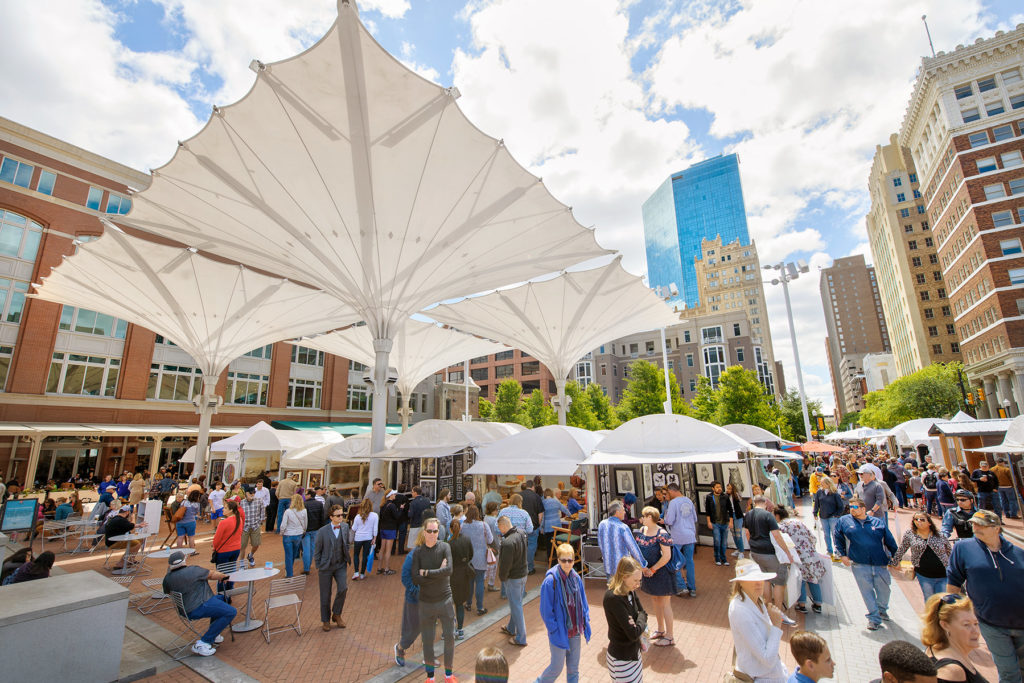
Perhaps most importantly, the city, chamber of commerce, convention and visitors bureau, transportation authority, downtown public improvement district, and others have picked up their collective heads, looked themselves in the mirror, and created separate—yet complimentary—plans to become a more vital city.
In January, the Fort Worth Chamber of Commerce released a four-year strategy called Fortify that aims to “drive the Fort Worth region to be the most thriving, inviting community for all.” What may be most interesting about Fortify isn’t its ambitious goals to—among others—attract four Fortune 1,000 corporate headquarters, or achieve a 5 percent increase in the population of 25-plus-year-olds with a bachelor’s degree. It’s the plan’s no-nonsense language.
In contrast to the doublespeak and cheerleader-like language often found in documents put out by chambers of commerce, Fortify acknowledges the city’s troubles head-on. Under a section titled Challenges, slides begin with these flat statements: We have a jobs problem. We have a talent problem. We have an image problem. We have a funding problem.
Before Fort Worth can escape the shadow cast by the eastern side of the region, it first must solve those problems.
The Perception Problem
Many Fort Worthians were troubled by a recent study that asked 500,000 people to estimate the largest U.S. cities by population. Participants ranked Fort Worth as the 45th most populous city, when it’s actually the nation’s 15th largest. (Take that in for a moment. At about 875,000 people, Fort Worth is larger than Atlanta, Boston, Seattle, Nashville, and Denver.)
“People think the community is much smaller than it really is, so we still lack that level of awareness,” says Robert Jameson, who runs the city’s convention and visitors bureau, now called Visit Fort Worth.
As longtime Star-Telegram journalist Bud Kennedy once wrote in Texas Monthly, “We’ve tried, over the years, to use that 30-mile-long hyphen between the cities [in Dallas-Fort Worth] like a battering ram, deriding our rival for having fewer museums, no Bass brothers, and no sense of place. But four decades after a Dallas ad guy buried our Western flavor beneath the label ‘Metroplex,’ we’ve become the Texas city nobody knows.”
Fort Worth Mayor Betsy Price has often said that people perceive the city to be a suburb of Dallas, and that the city hasn’t done a good job messaging its identity to the business community.
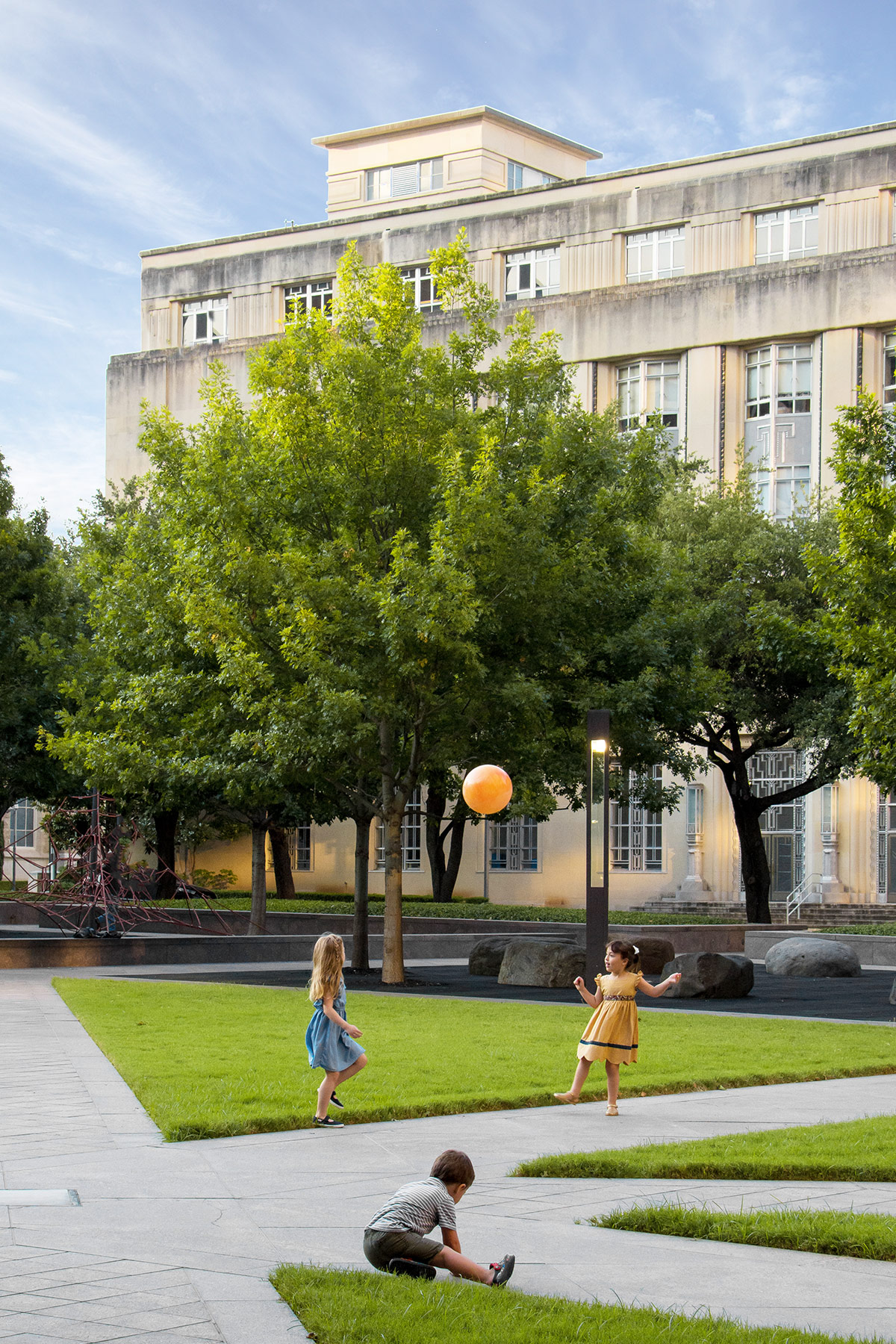
That touches on a second perception problem. Not only do outsiders think the city is far smaller than it is, but even when people are aware of its identity, they don’t always connect with its historic Cowtown brand. But that’s a balancing act. Many residents love the city’s western heritage and think it sets the city apart from the rest of the region. And they’re proud to live in Fort Worth, not Dallas. As one woman said in a letter to the Star-Telegram: “Don’t Dallas my Fort Worth!”
But if outsiders—namely, well-educated people looking to move somewhere with job opportunities—are more attracted to Pegasus than Molly, the Texas Longhorn on Fort Worth’s logo, then the eastern side of the region will continue to overshadow the western side with high-paying job growth.
Fort Worth’s first-ever, nearly 500-page-long Economic Development Strategic Plan outlines brand and marketing initiatives to generate more interest in the city among major real estate firms, and to leverage the chamber to pursue more international business development and foreign investment. The city’s current marketing efforts, the plan says, “lack consistent messaging as well as global perspective.”
“Historically, our challenge is the larger entity to the east,” says Robert Sturns, Fort Worth’s director of economic development. “It’s difficult to carve out your own identity unique from Dallas. … Some people think we have a ‘little brother’ complex, but we see ourselves as a different community, and I think they’re complementary.”
The Fort Worth Chamber of Commerce has had a bit of a perception problem itself. Longtime Fort Worth resident Chris Powers, who runs development and investment firm Fort Capital, says that, in his 13 years as a business leader, the chamber played no role in his growth. “I had never thought about using it or even been to it,” Powers says. “I think a lot of people would say that. … It was sleepy and had no drive or desire to push Fort Worth to the next level.”
“It’s difficult to carve out your own identity unique from Dallas. …Some people think we have a ‘little brother’ complex, but we see ourselves as a different community, and I think they’re complementary.”
Robert Sturns
That is, until Brandom Gengelbach was hired as the chamber’s executive vice president for economic development in late 2016, Powers says. Gengelbach, a tall guy with a booming voice, has a background in economic development in places like Indianapolis and Nashville. After he was hired, several other new hires and a promotion followed, spanning finance; talent development; business attraction, retention, and expansion; advocacy and government relations; small business and entrepreneurship; and investor relations.
The chamber is shaking up how it solicits funds, too. Previously, Gengelbach says, the chamber had three streams of revenue: membership, sponsorship, and investment into economic development. “We’re looking at merging it all together to say that everyone is an investor in Fort Worth and Fortify and our organization,” he says. “We are an economic development organization, and everything we do is supporting that.”
That caused Powers to take notice. His Fort Capital firm has made a five-year, $10,000 annual commitment to the chamber to advance its Fortify goals. “The biggest thing that used to plague Fort Worth was that no one wanted to give money to the chamber because it was the same old story,” he says. “Now they’re saying, ‘We’ll prove what we’re doing to change things.’ So … we made a $50,000 commitment.”
The chamber has been operating with a budget of just under $4.4 million, while the Austin chamber’s budget is at more than $10 million and Dallas’ is at about $8 million. So the Fort Worth chamber has set its sights on raising $6.5 million by the end of 2018, and $8 million by the end of 2019. It’s going well, Gengelbach says, but engaging with businesses who have, in some cases, gone years without investing in the chamber takes a lot of time and effort.
With additional cash, the chamber will deploy a new strategy for messaging of the city. Regarding the population estimation study, Gengelbach says his takeaway is that the chamber needs to increase its marketing resources for “telling our story.”
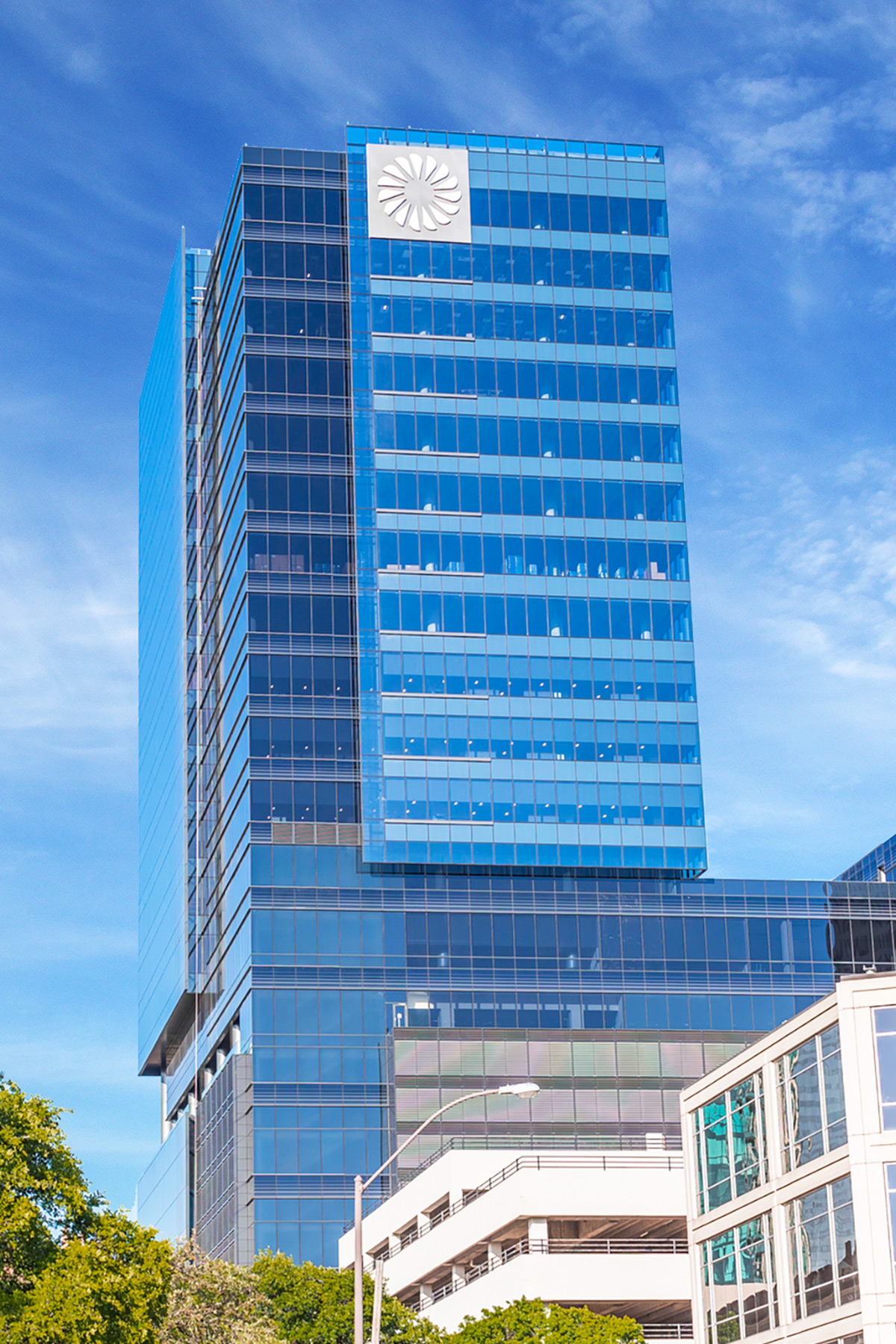
As for the content of the story, that will likely change as Fort Worth attempts to become known as more than Cowtown. “How do we come across as hip and progressive and exciting with the western piece as a differentiator?” Gengelbach says. “We’re going to have this story and it’s truly who we are, but, depending on our target market, that will impact what points we share.” Stakeholders, including the city and chamber, are in monthly meetings to determine their messaging. They intend to complete the process this fall. Following that, the chamber plans to create a playbook of sorts so that any entity such as Visit Fort Worth or the Fort Worth Hispanic Chamber of Commerce speak the same language when talking about the city. “This is a rallying cry to all get on the same page about who we are,” Gengelbach says.
The Jobs Problem
Another set of data points that jarred Fort Worthians came from TIP Strategies, the consultants hired by the city for its Economic Development Strategic Plan. For one thing, the Fort Worth area accounts for just 30 percent of the region’s jobs (around 1.1 million), compared to the Dallas area’s 70 percent (2.6 million). And the Dallas jobs base, which includes Collin County, is growing at a faster rate (19 percent from 2010 to 2016) than Fort Worth’s (14 percent). Plus, Fort Worth’s tax base is becoming increasingly residential: about 60 percent residential versus 40 percent commercial—the inverse of many peer cities. In fiscal year 2017, Dallas’ tax base was 44.5 percent residential and 55.5 percent commercial.
“If we continue growing as we are, there’s a danger of becoming a bedroom community,” Sturns says. “Long-term, if we’re not more aggressive at keeping jobs here and attracting more companies, we’re not going to be as diverse and sustainable of an economy.”
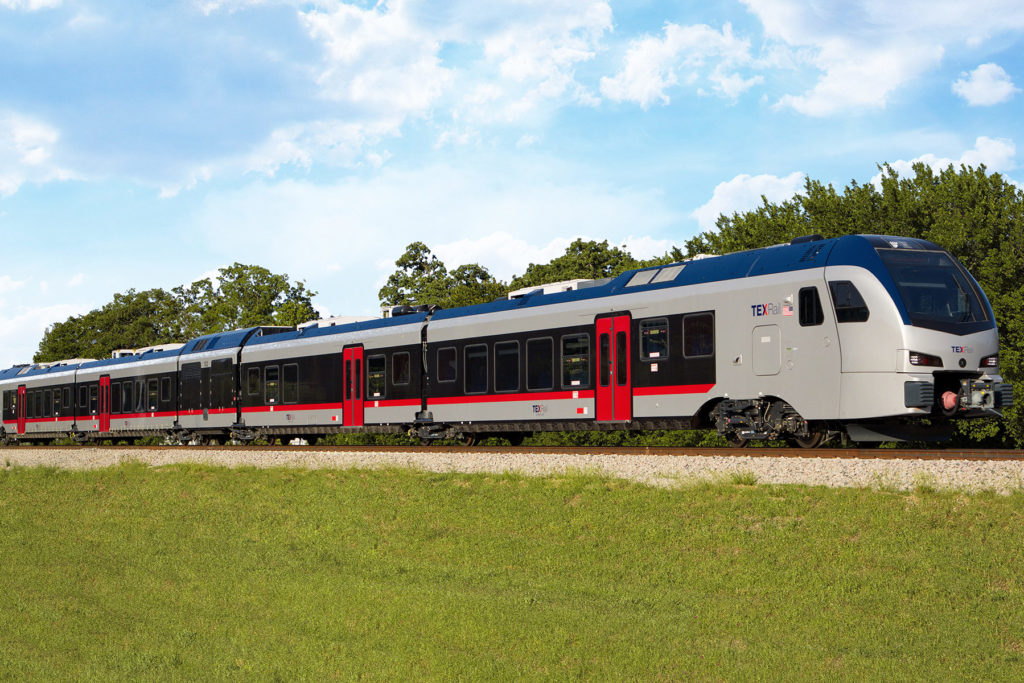
Fort Worth has thrived in a few specific industries, thanks to American Airlines, Lockheed Martin, Bell Helicopter, BNSF Railway, and others. But its white-collar industries like professional and financial services have never been particularly robust. “Historically, we’ve been a blue-collar-heavy manufacturing town—oil and gas, aerospace, defense—and Dallas has been a professional services town,” Sturns says. “As we continue to grow and get people coming to Fort Worth, we’re challenged with having enough of those white-collar jobs to support a talent base.”
At least for now, it’s a chicken and egg problem. White-collar companies may be reluctant to move to the Fort Worth area without proof that they have enough talent to hire. And people, particularly young adults with brand-new bachelor’s degrees, often choose not to move to or to stay in Fort Worth without those career opportunities. “We’ve done as good a job as anyone else of providing a welcoming environment that’s attractive to young professionals looking to start their career here,” Sturns says. “The challenge is, if you’re coming out of school with a finance degree, we don’t have those specific opportunities.”
It also doesn’t help that major employers are exiting the market. In June 2017, XTO Energy, a division of Exxon Mobil, said it would move 1,600 employees to Exxon’s campus in The Woodlands, leaving only a few hundred employees in Fort Worth by the spring of 2020. In 2017, D.R. Horton moved its headquarters (again) from its namesake Fort Worth tower back to Arlington, taking about 500 employees with it. And a June report from the SEC showed that Hallmark Financial Services Inc. would terminate its 28,000-square-foot lease early in order to move to Dallas.
But, much like Fortify, the Economic Development Strategic Plan is clear-eyed in addressing Fort Worth’s shortcomings. Among its ambitions are to hasten high-wage job growth (meaning jobs that earn more than the county average), achieve a more sustainable (that is, more commercial) tax base, and promote an economy that captures high-growth businesses.
“We’re highly focused on this issue of higher-wage-paying jobs in Fort Worth,” Sturns says. “In order to attract those, we need to have a more narrowly tailored and specific incentive policy geared toward those companies.” The city will target specific types of companies, such as biotech, life sciences, and professional services, and tailor incentive packages to those companies. Sturns and his team will bring a proposal to the city council later this year.
Bottom line, Sturns says, this first-ever strategic plan is an antidote to a, “This-is-how-we’ve-always-done-things” mentality. “We’re focused on the future,” he adds, “and we want to leave this community in a great place.”
Gaining Momentum
Shortly after officially opening in May 2018, Fort Worth’s 278,000-square-foot Frost Tower was already 70 percent spoken for. Trinity Metro’s 27-mile commuter rail called TEXRail that connects downtown Fort Worth with Dallas/Fort Worth International Airport predicts 8,000 daily riders by the end of 2019. Dickies Arena, a 14,000-seat, $540 million public-private partnership, will host the Fort Worth Stock Show & Rodeo after it’s completed in late 2019. The more than 10 miles of Interstate 35 West through Fort Worth were finally rebuilt in a $1.6 billion undertaking called North Tarrant Express Project. And 46 hotels totaling 6,100 rooms are planned, proposed, or under construction in Fort Worth, which could increase the city’s hotel stock by more than 40 percent.
The list goes on, illustrating that, for the first time in recent memory, Fort Worth has already begun creating the momentum it needs to build a more vital, more sustainable economy. “It’s easy for people to drive around Fort Worth and make the argument that we’re doing pretty good,” Gengelbach says. “But we’re trying to create change, so you’ve got to communicate urgency. We’re being clear that there are challenges that, long-term if they go unaddressed, will have impacts on our prosperity.”


